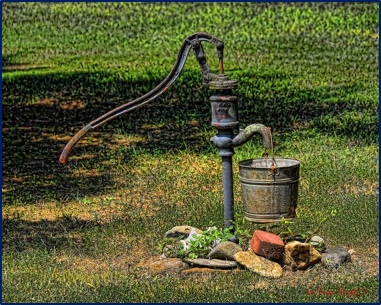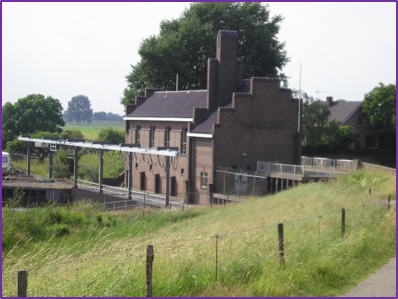FLOATING DEWATERING UNITS
- Varipontoons

- Jan 29, 2020
- 4 min read
Conventionally in the past and even in recent times, the dewatering activity of river or well or dam water or drinking water used to be done with the help of hand pumps or constructed pump houses along the land area near the water source.
Conventional water-intake units are constructed structures that permit/enable the water to be taken from the water-source (like a river, a dam or a lake) and transported to the transmission pipe- lines. These structures are used in many places in the world for a variety of applications. The main point here is as follows:
the ability to take in water at any time,
the constant flow of water in spite of the changes that may happen ( water levels may either go up or down in the basin),
the quality and clean nature of the water received;
while trying to curtail maintenance costs.
Therefore, the main water intake units or resources should be used according to the field and general conditions that are listed as follows.
The water intake structures are basically divided into:
Open surface intake structures and Pressurized water intake structures.
Open surface intake structures
In short, free surface water intake structures are referred to as the direct flow of water surface to the transmission pipe line.
In this approach, where the water is directed to the transmission pipe line by a natural current close to the shore line, the possibility of carrying the alluvial water containing silt and sediment, is quite high, so it is necessary to make it rest in the sedimentation pools, before directing the water to the transmission pipe line channel. The basic condition for making the free surface dewatering unit is that the transmission pipe line is below the water level and thus creates natural flow.
Pressurized water intake structures
Pressurized water intake structures are used when the place where the water will be transported is at a higher altitude than the current water level. Pressurized water intake structures are generally of the following kinds.. tower type, well type and so on.
Vari Pontoons manufactures floating submersible pump pontoons.
For submersible pumps 1000 – 15000kg Load capacityMultiple pumps can be arrayed as per bespoke specs.Mainly dewatering function
Why Floating Water Intake Unit?
The floating intake unit is constructed by placing the floating pump station in a desired area of water and connecting the pipeline leading to it by a floating bridge or floating pipe line. As an alternative to open free surface water intake structures with this method, filtration and sedimentation costs will be significantly reduced as the quality of the water will be better and alluvial (silt, sediments concentration) rate of the water taken from a more stable (still) portion of water surface will be lesser.
Another feature of the floating intake unit is that it is a good alternative to the pressure (tower type) intake units. Since industrial submersible pumps can be used as the dewatering pump, the performance and capacity would increase and the energy consumption, reduced significantly.
Floating water intake unit is a solution that makes a huge difference by lowering investment costs.
In the basins where the water depth varies, there are very large impacting changes near the coastal line. It is necessary to go deeper, in the water basin, to ensure continuity in the water receiving unit. For this, it is necessary to use piled bridges and lift pumps in the case of conventional solutions. Since the cost of such structures is quite high, it is also very difficult to construct them after the water basin is operational.
A good alternative for this, being the floating brigdes. These can be built with `amphibious’ floating concrete modules that can be be placed both on land and on water.
When the water level rises, the concrete modules turn into floating piers and again with the reduction in water level, they serve as a sheltered road on land by adapting to the shape of the ground.
Since the modules are connected to each other by a special joint and shock absorber flexible connection system, they can be used even in areas where the shore structure has a high slope of up to 45 degrees.
All kinds of technical equipment can be placed on the floating pump station. There are service gaps in the middle parts of the float platform where the pump can be lowered and operated (as many as the number of pumps). At the bottom of the platform there are grids that prevent the pumps from damaging the living creatures in the water during suction and prevent the objects floating on the water from entering the suction unit.
Floating dewatering units are a very economical method of supplying water to remote areas from the central collection unit in large water or dam basins.
Instead of the conventional piping, ducting and pressure costs for supplying water to an area several kilometers away from the central pumping station, water can be supplied by a floating water receiving unit from the nearest water basin to the area in need.
These applications, which have become a necessity in recent years, have been installed in many areas such as city water supply and agricultural irrigation needs, especially in newly developing regions.












Comments